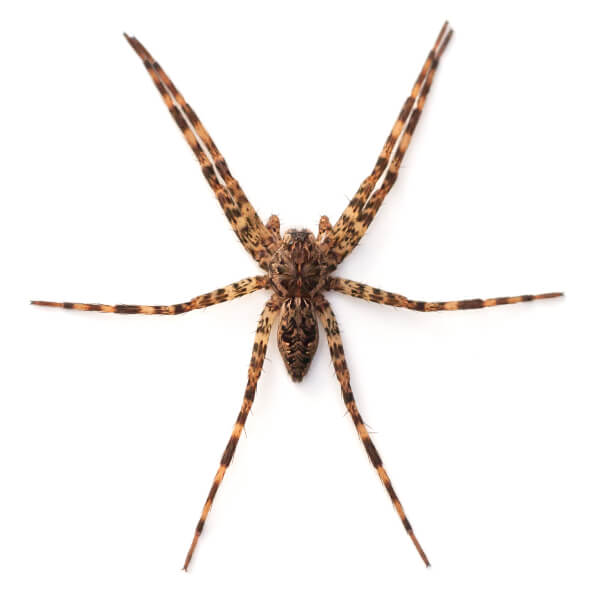Fishing spiders: Difference between revisions
Jump to navigation
Jump to search
No edit summary |
No edit summary |
||
| Line 3: | Line 3: | ||
{| class="wikitable" style="text-align:center; float:right; margin-left: 12px; | {| class="wikitable" style="text-align:center; float:right; margin-left: 12px; | ||
|- | |- | ||
|colspan="2" |[[ File:Fishing-spider-on-white.jpg|thumb|Dark Fishing Spider on white background]] | |colspan="2" |[[ File:Fishing-spider-on-white.jpg|601px |thumb|Dark Fishing Spider on white background]] | ||
|- | |- | ||
|+ !colspan="2" style="min-width:12em; text-align: center; background-color: rgb(235,235,210)|'''Scientific Classification''' | |+ !colspan="2" style="min-width:12em; text-align: center; background-color: rgb(235,235,210)|'''Scientific Classification''' | ||
Revision as of 13:08, 7 April 2025
Dolomedes, also known as fishing spiders, dock spiders, or wharf spiders. Fishing spiders are semi-aquatic spiders that typically live near water and can run on water surfaces to catch prey. Fishing Spiders have hydrophobic hair on their skin that lets them survive in and on water. There are currently 101 species of fishing spiders.
 | |
| Domain: | Eukaryota |
|---|---|
| Kingdom: | Animalia |
| Phylum: | Arthropoda |
| Subphylum: | Chelicerata |
| Class: | Arachnida |
| Order: | Araneae |
| Family: | Dolomedidae |
Description
Often mistaken as Wolf spiders, Fishing spiders typically have brown or gray markings on their bodies, with brown and black markings on each of their legs. Legs can range between 2 to 4 inches in diameter, and the bodies are found to be over 1 inch in length. Fishing spiders have 8 eyes, two horizontal rows of four eyes. They have tiny velvety hydrophobic hairs all over their body.